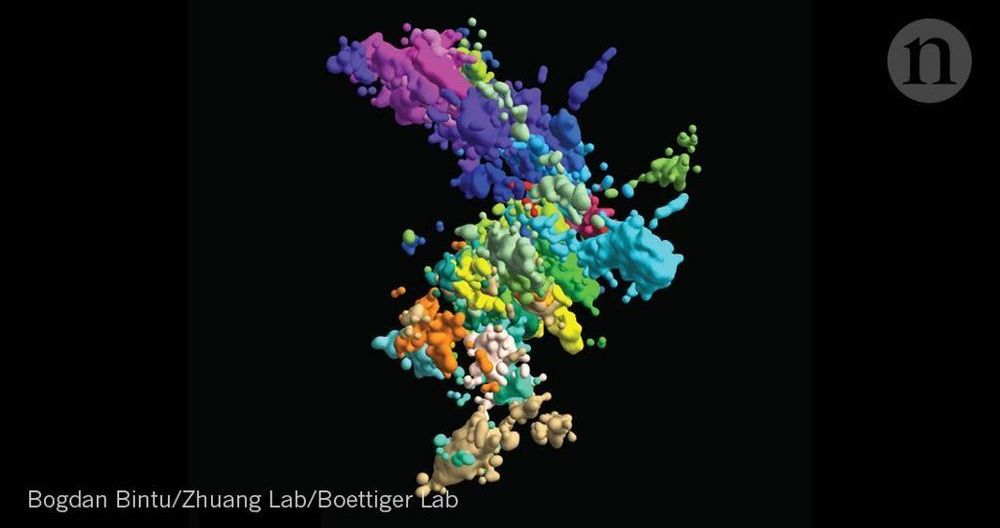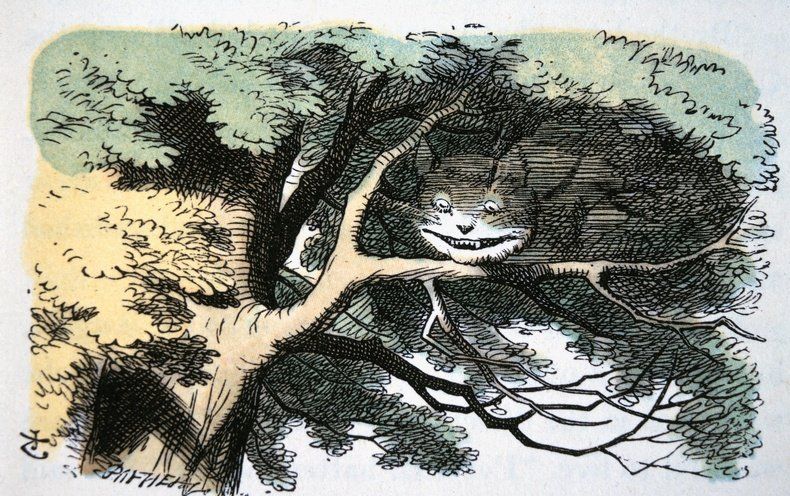Lightning strikes can more than double some mushroom crops, according to ongoing experiments that are jolting fungi with electricity.
Bird populations across the French countryside have fallen by a third over the last decade and a half, researchers have said.
Dozens of species have seen their numbers decline, in some cases by two-thirds, the scientists said in a pair of studies – one national in scope and the other covering a large agricultural region in central France.
“The situation is catastrophic,” said Benoit Fontaine, a conservation biologist at France’s National Museum of Natural History and co-author of one of the studies.
Matter waves constitute a crucial feature of quantum mechanics, in which particles have wave properties in addition to particle characteristics. This wave-particle duality was postulated in 1924 by the French physicist Louis de Broglie. The existence of the wave property of matter has been successfully demonstrated in a number of experiments with electrons and neutrons, as well as with more complex matter, up to large molecules.
For antimatter, the wave-particle duality has also been proven through diffraction experiments. However, researchers of the QUPLAS collaboration have now established wave behavior in a single positron (antiparticle to the electron) interference experiment. The results are reported in Science Advances.
The QUPLAS scientific collaboration includes researchers from the University of Bern and from the University and Politecnico of Milano. To demonstrate the wave duality of single positrons, they performed measurements with a setup similar to the so-called double-slit experiment. This setup was suggested by physicists including Albert Einstein and Richard Feynman; it is often used in quantum theory to demonstrate the wave nature of particles.
For most patients, a diagnosis of stage 4 non-small cell lung cancer comes with a dire prognosis. But for patients with specific mutations that cause the disease, there are potentially life-saving therapies.
The problem is that these mutations, known as ALK and EGFR, are not always identified in patients — meaning they never get the treatment.
A new study from the Fred Hutchinson Cancer Research Center in Seattle used machine learning to find these needle-in-a-haystack patients. The idea was to leverage cancer databases to see if patients were being tested for the mutations and receiving these personalized treatments.
AM I Wrong for wondering about Metformin and its true benefits against the Senesonic-Sensonic pandemic Plague mankind has called aging??? Metformin has been in use truly since the 1920’s and we have not found today an elderly person who is living 125 or 150 years who states they merely took metformin for diabetes??? Now Met has proven itself as a resistant against diabetes due to preventing the liver from making to much glucose that then enters the body. But is it a Longevity drug for mankind is the burning question??? You be the Judge… {I found this link on Antonei Benjamin Csoka group page on the book of faces} Respect r.p.berry & AEWR wherein we have found the causes and a cure for the Pandemic plague mankind has called aging… https://we search for partners and investors to join us in agings end…
Does it make sense to treat ageing as a disease?









